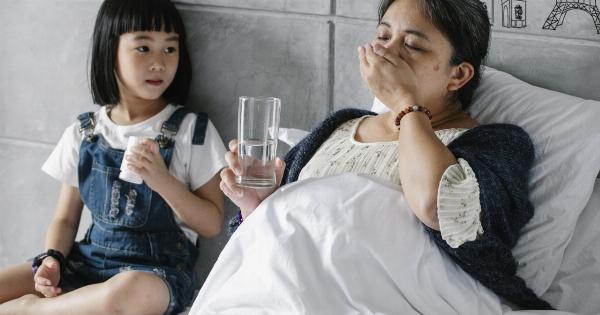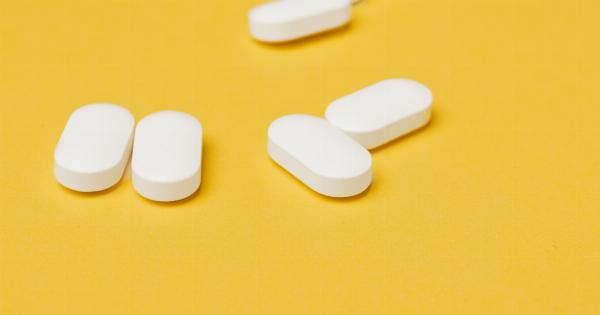Breasts that droop, also known as breast ptosis, can cause discomfort and self-consciousness for many women. While breastfeeding is often associated with sagging breasts, there are actually multiple factors that can contribute to this issue.
In this article, we will explore five potential causes of breasts that droop.
1. Age
As women age, the skin loses its elasticity and the breasts naturally start to sag. This is primarily due to a decrease in collagen and elastin production, which are responsible for maintaining the skin’s firmness and tightness.
Additionally, the ligaments in the breasts stretch over time, further contributing to sagging.
2. Genetics
The genes we inherit from our parents can play a significant role in determining the shape and firmness of our breasts. Some women may be genetically predisposed to having breasts that are more prone to drooping.
If your mother or grandmother experienced breast sagging, you may be more likely to experience it as well.
3. Weight Fluctuations
Rapid changes in weight, such as significant weight loss or gain, can have an impact on breast shape and elasticity. When you gain weight, the breasts enlarge, stretching the skin and potentially causing sagging.
Conversely, rapid weight loss can lead to volume loss in the breasts, resulting in a deflated appearance and sagging due to the loss of fatty tissue.
4. Smoking
Smoking is known to harm the skin’s elasticity and accelerate the aging process.
The harmful chemicals in tobacco smoke contribute to the breakdown of collagen and elastin, leading to sagging and wrinkles in various parts of the body, including the breasts.
5. Sun Exposure
Excessive sun exposure can also contribute to breast sagging. The harmful ultraviolet (UV) rays from the sun can damage the skin’s collagen and elastin fibers, leading to a loss of elasticity and firmness.
It is important to protect your skin from the sun by using sunscreen and wearing appropriate clothing, including a supportive bra, especially during extended periods of outdoor activities.
Conclusion
While breastfeeding is often blamed for causing breasts to droop, it is important to recognize that there are several other factors at play. Age, genetics, weight fluctuations, smoking, and sun exposure can all contribute to breast sagging.
Understanding these potential causes can help you take preventive measures and seek appropriate treatments to maintain the firmness and shape of your breasts.





























